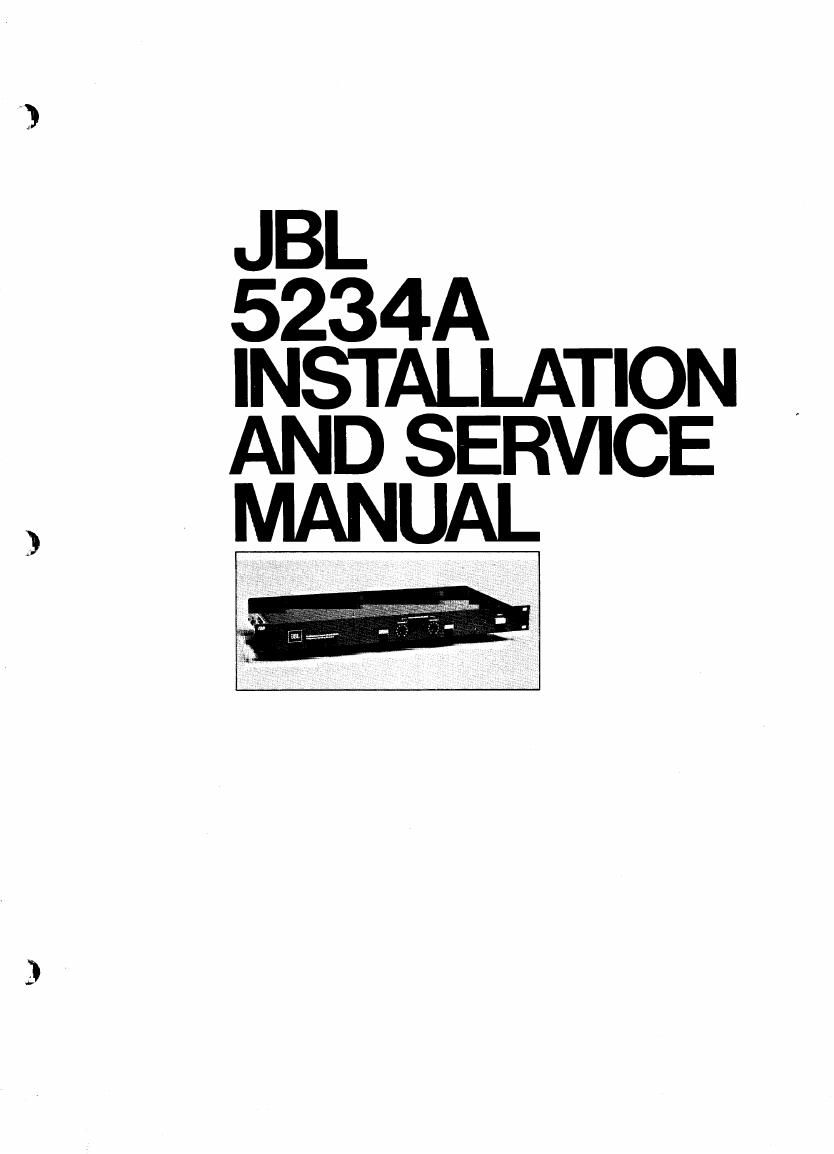Jbl 5234 a owners manual
This is the 20 pages manual for jbl 5234 a owners manual.
Read or download the pdf for free. If you want to contribute, please upload pdfs to audioservicemanuals.wetransfer.com.
Page: 1 / 20
